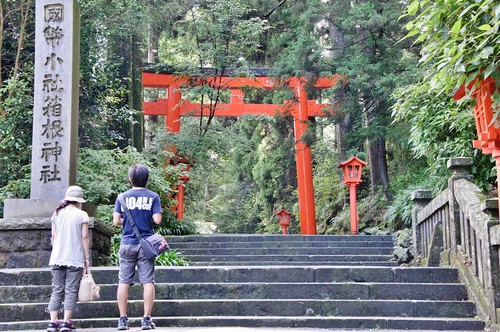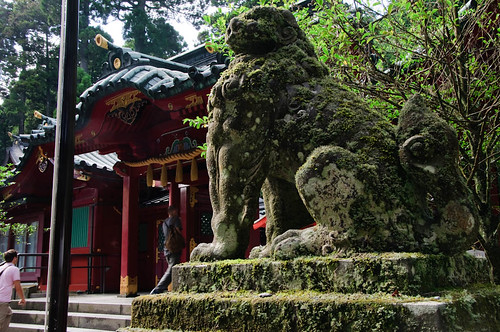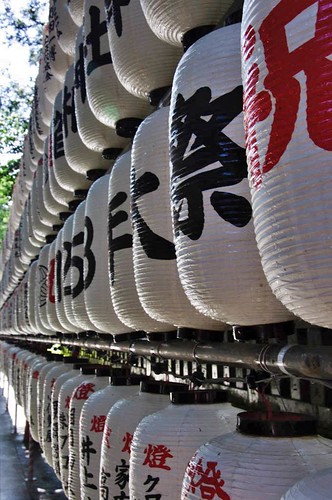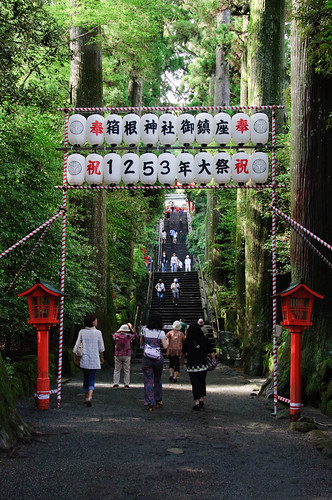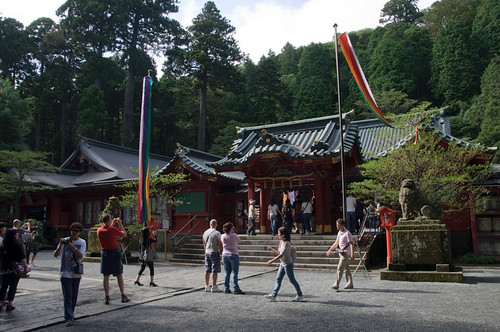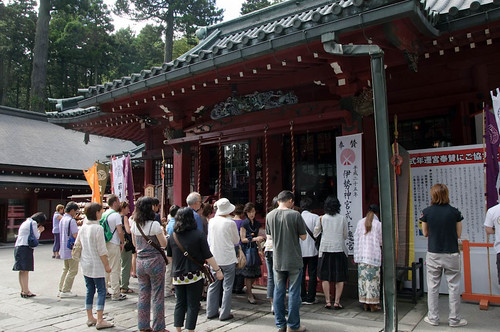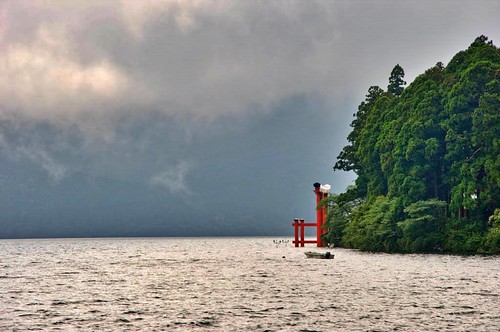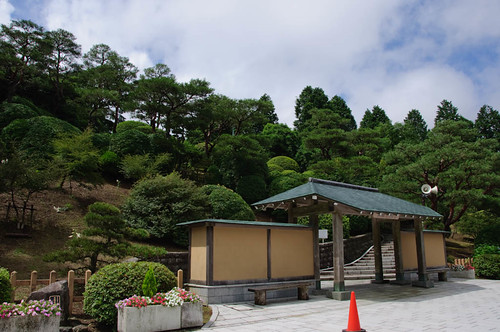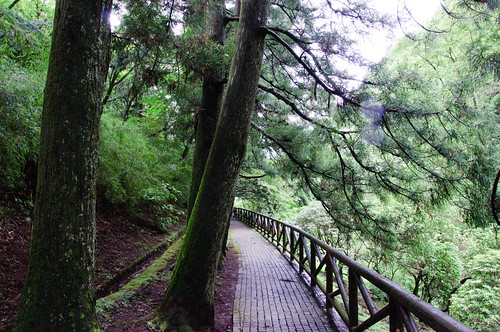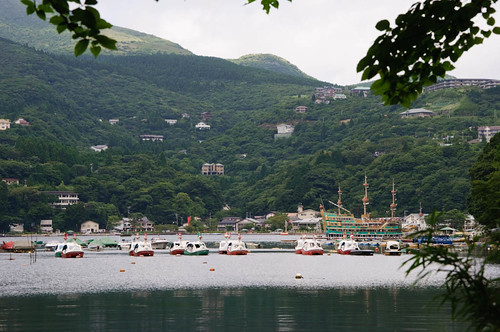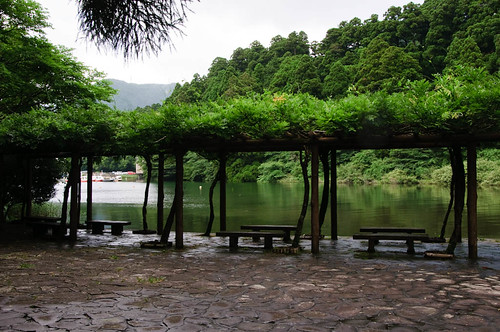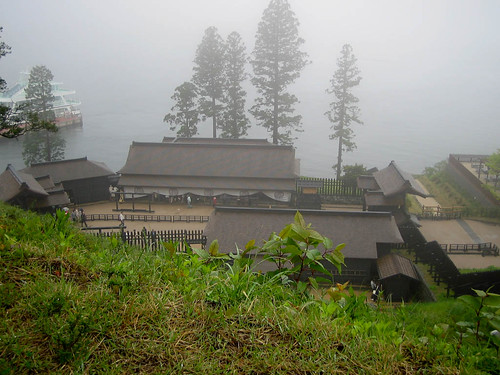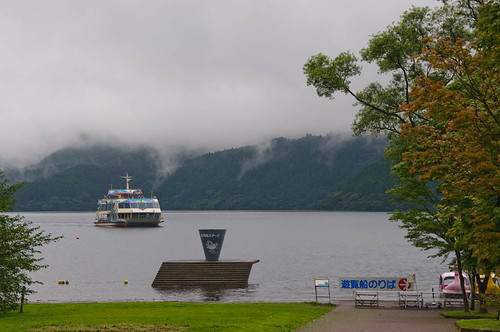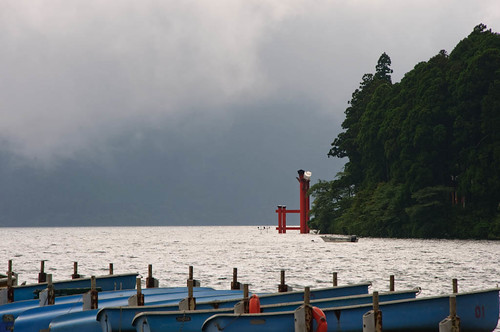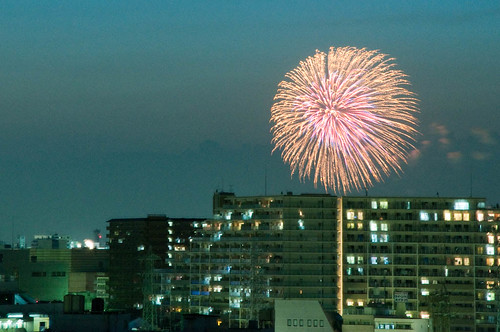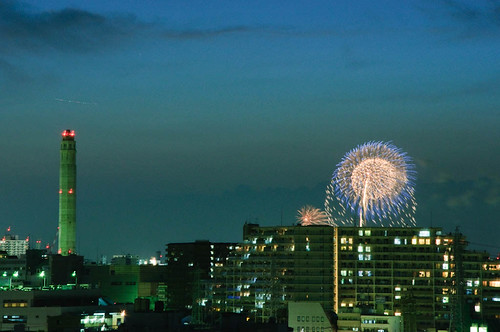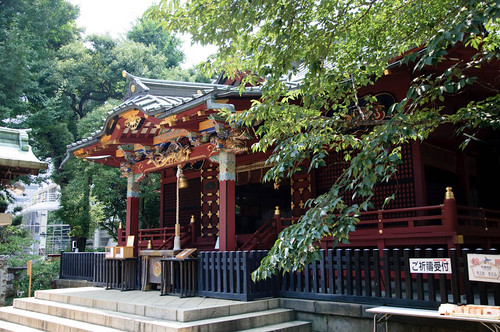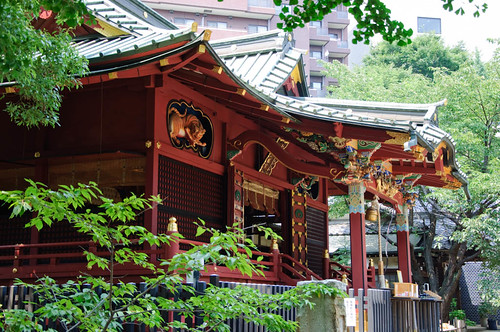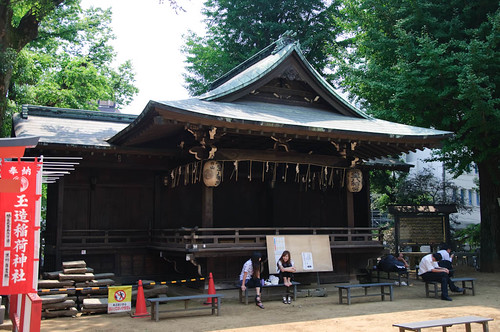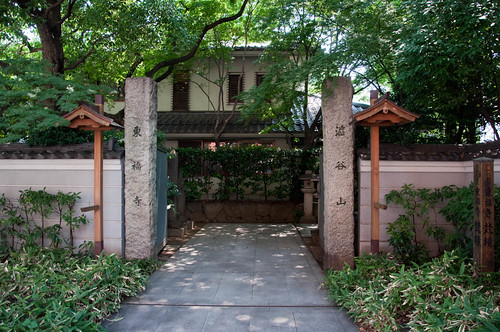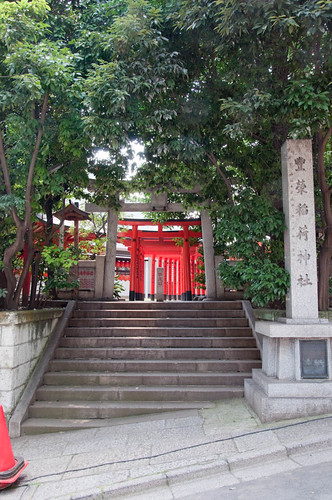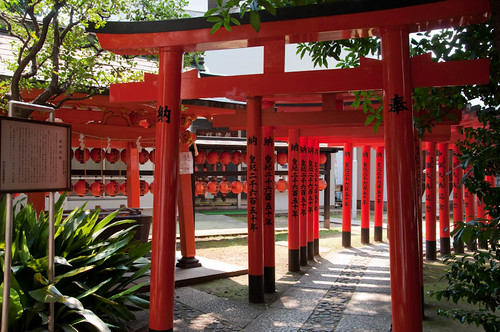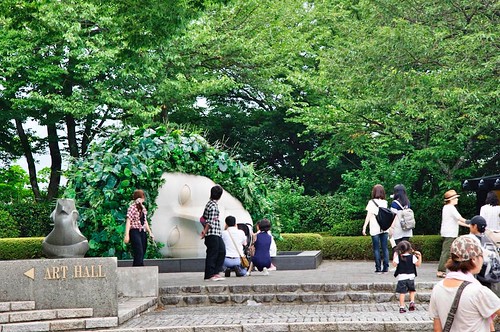
There are very few places where free-standing sculpture can be properly appreciated in Japan, mostly due to the lack of open space in the cities.
The Hakone Open air Museum in Ashigarashimo, Hakone, opened in 1969 as the first open air museum in Japan, with 120 works and 5 exhibition halls, to provide an proper exhibition area to this type of sculptures.
The Utsukushigahara open air museum is owned and run by the same organization.
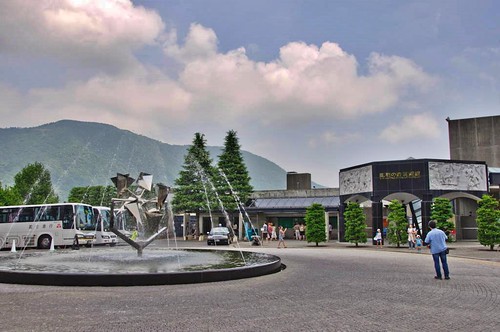


The sculptures are displayed on the well-kept 70,000 square meter exhibitions grounds.

The Picasso pavilion, displays over 300 works by Picasso, focusing on his works on ceramics.
The Henry Moore Collection has one of the largest Moore’s collections of works in the world.
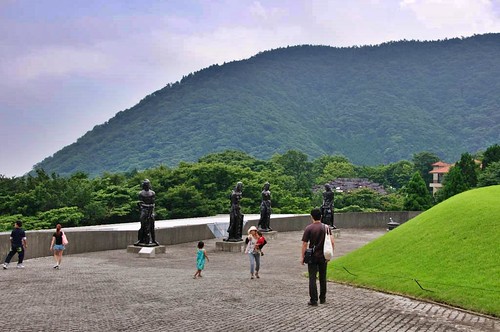
A combination of a day at the park and at the museum, the grounds provides entertainment for all members of the family.
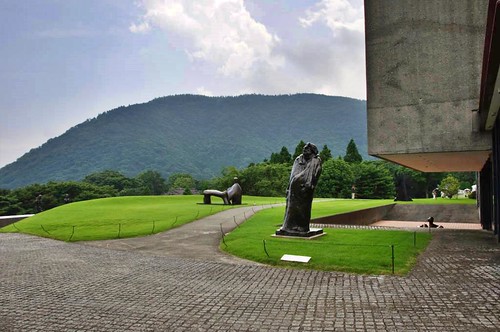
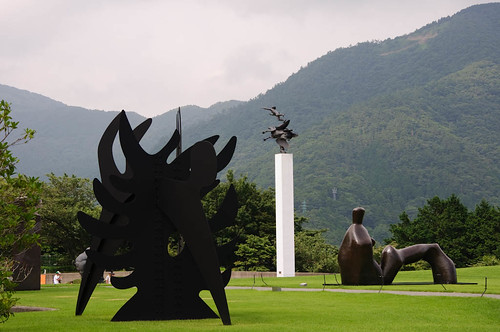
The most famous sculptures displayed on the grounds are perhaps “Balzac” by Auguste Rodin, and the Moore sculptures.



But perhaps the most distinctive works on the exhibition may be the sculpture “Miss Black Power” by Niki de Saint Phalle, and the “symphonic Sculpture” by Gabriel Loire.

The museum is a required visit for art lovers visiting Hakone.
Español
